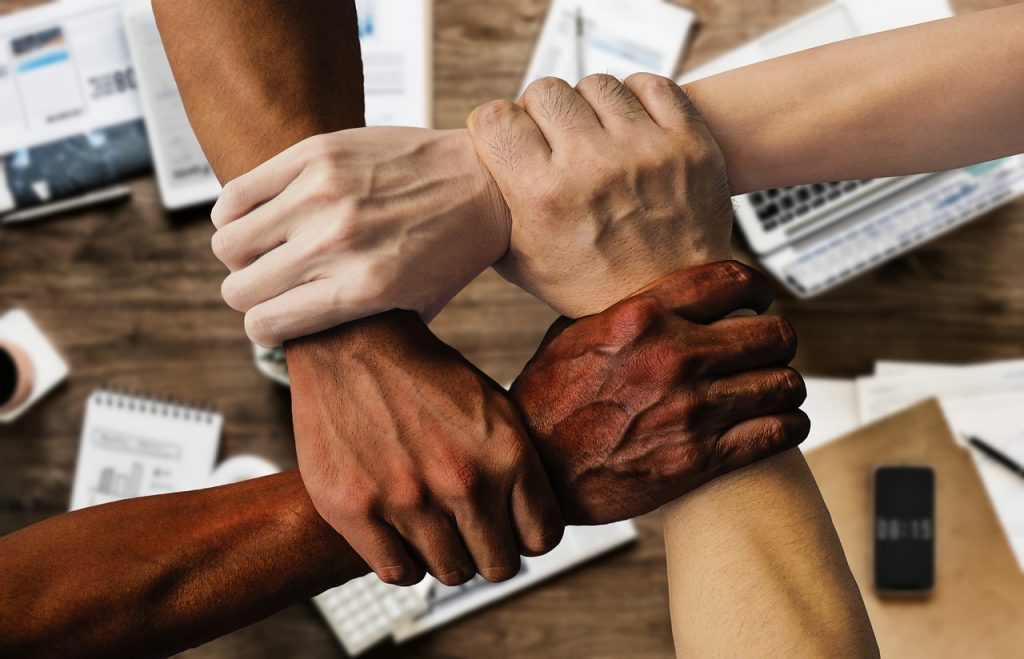
GUEST POST from Greg Satell
One of the questions I get asked quite often, both at conferences and when coaching executives, is what type of personality is best suited for innovation so that they can optimize their hiring. Are technical people better than non-technical people? Introverts better than extroverts? Is it better to hire foxes or hedgehogs?
The first thing I tell them is that there has been no definitive research that has found that any specific personality type contributes to innovation. In fact, in my research I have found that there is not even a particular kind of company. If you look at IBM, Google and Amazon, for example, you’ll find that they innovate very differently.
The second thing I point out is that every business needs something different. For example, Steve Jobs once noted that since Apple had always built integrated products, it never learned how to partner as effectively as Microsoft and he wished it would have. So the best approach to hiring for innovation is to seek out those who can best add to the culture you already have.
Foxes vs. Hedgehogs
In Good to Great, author Jim Collins invokes Isaiah Berlin’s famous essay about foxes and hedgehogs to make a point about management. “The fox,” Berlin wrote, “knows many things, but the hedgehog knows one big thing.” Collins then devotes an entire chapter to explaining why hedgehogs perform better than foxes.
Yet as Phil Rosenzweig points out in The Halo Effect, this is a highly questionable conclusion. Even if it were true that the most successful companies focus on one core skill or one core business, that doesn’t mean that focusing on “one big thing” will make you more successful. What it probably means is that by betting on just one thing you increase your chances of both success and failure.
Think about what would have happened it Apple had said, “we’re going to focus just on computers” or if Amazon had focused on just books. There is also evidence, most notably from Philip Tetlock, that foxes outperform hedgehogs on certain tasks, like making judgments about future events.
So the best strategy would probably be to hire a fox if you’re a hedgehog and to hire a hedgehog if you’re a fox. In other words, If you like to drill down and focus on just one thing, make sure you have people around that can help you integrate with other skills and perspectives. If you like to dabble around, make sure you have people who can drill down.
Introverts vs Extroverts
We tend to see leaders as brash and outgoing, but my colleague at Inc, Jessica Stillman points out that introverts can also make great leaders. They tend to be better listeners, are often more focused and are better prepared than social butterflies are. Those are great qualities to look for when adding someone to add to your team.
Still, you wouldn’t want to have an entire company made up of introverts and, in Social Physics, MIT’s Sandy Pentland explains why. Perhaps more than anything else, innovation needs combination. So it’s important to have people who can help you connect to other teams, both internally and externally, bring in new ideas and help take you in new directions.
Consider Amazon, a company that is not only incredibly successful but also highly technically sophisticated. You might expect that it hires a lot of introverted engineers and I’m sure that’s true. Yet the skill it is most focused on is writing, because it understands that to create a successful product, you need to get a lot of diverse people to work together effectively.
So much like with foxes and hedgehogs, if you’re an introvert you should make sure that you have extroverts that can help you connect and if you are an extrovert, make sure you have people who can focus and listen.
Technical vs. Non-Technical People
By all accounts, Steve Jobs was never more than a mediocre engineer, but was clearly a legendary marketer. Nevertheless, he felt strongly that technical people should be in charge. As he once told his biographer, Walter Isaacson, in an interview:
“I have my own theory about why the decline happens at companies like IBM or Microsoft. The company does a great job, innovates and becomes a monopoly or close to it in some field, and then the quality of the product becomes less important. The product starts valuing the great salesmen, because they’re the ones who can move the needle on revenues, not the product engineers and designers. So the salespeople end up running the company.”
Yet the story is not nearly as clear cut as Jobs makes it out to be. When IBM hit hard times it was Lou Gerstner, who spent his formative professional years as a management consultant, that turned it around. Steve Ballmer clearly made missteps as CEO of Microsoft, particularly in mobile, but also made the early investments in cloud technology led to Microsoft’s comeback.
So much like with foxes vs. hedgehogs and introverts vs. extroverts, the choice between technical and non-technical people is a false one. Far more important is how you build a culture in which people of varied skills and perspective can work closely together with a shared sense of purpose.
Today, as we enter a new era of innovation, organizations will need a far more diverse set of skills than ever before and building a collaborative culture will be key to success.
Collaboration Is The New Competitive Advantage
Over the past few decades, the digital revolution has shaped much of our thinking about how we advance a business. Digital technology required a relatively narrow set of skills, so hiring people adept at those skills was a high priority. Yet now, the digital era is ending and we need to rethink old assumptions.
Over the next decade, new computing architectures like quantum and neuromorphic computing will rise to the fore. Other fields, such as genomics and materials science are entering transformative phases. Rather than living in a virtual world, we’ll be using bits to drive atoms in the physical world.
That will change how we need to innovate. As Angel Diaz of IBM told me a few years back, “…we need more than just clever code. We need computer scientists working with cancer scientists, with climate scientists and with experts in many other fields to tackle grand challenges and make large impacts on the world.”
That’s why today collaboration is becoming a real competitive advantage and we need to focus far less on specific skills and “types” and far more on getting people with diverse skills, backgrounds and perspectives to work together effectively.
— Article courtesy of the Digital Tonto blog and an earlier version appeared on Inc.com
— Image credit: Unsplash
![]() Sign up here to join 17,000+ leaders getting Human-Centered Change & Innovation Weekly delivered to their inbox every week.
Sign up here to join 17,000+ leaders getting Human-Centered Change & Innovation Weekly delivered to their inbox every week.

 Drum roll please…
Drum roll please…

